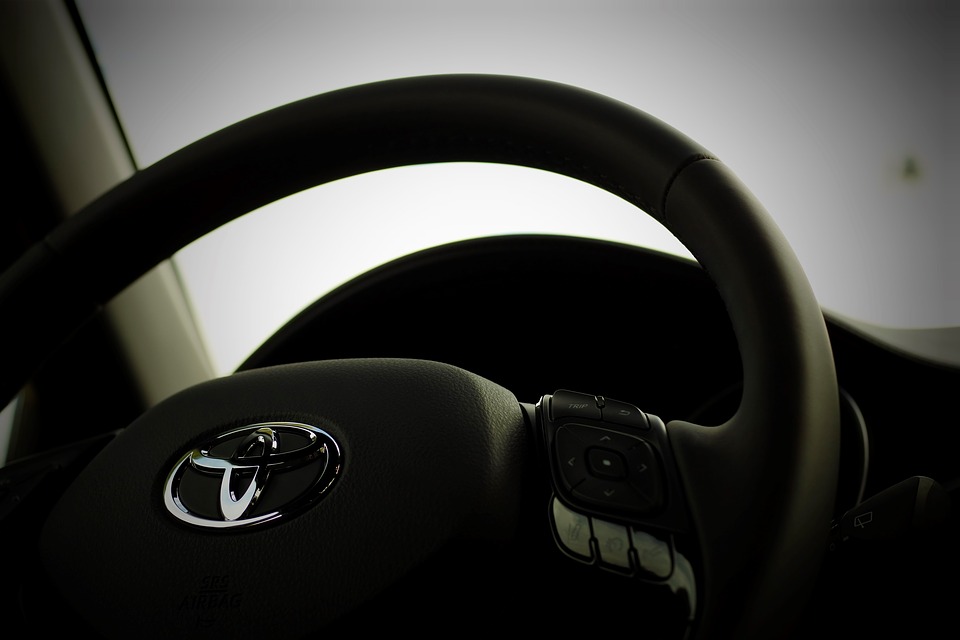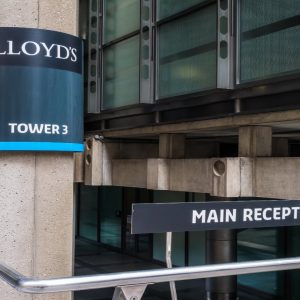
Toyota and Accenture have announced plans to pilot an artificial intelligence (AI) taxi service in Japan, alongside other companies.
The pilot scheme will also be carried out with Japan Taxi and telecommunications carrier KDDI, which aims to bring a better taxi service to both customers and drivers using a new artificial intelligence (AI) system. Data is extracted from a number of sources, including smartphones, cab locations and weather patterns.
Combining data from taxi service logs with demographic predictions, based on location data as well as event information the AI system can help predict the best place to pick up passengers. Using 500-meter mesh-based parameters every 30 minutes, the system uses AI to predict the number of occupied taxis in Tokyo.
The pilot begun in February this year, within select taxi’s using tablet PC’s equipped with the AI system. Using the map on the tablet shows both the predicted number of taxis as well as the most recent number of unoccupied taxis in the area. This then allows drivers to position their taxis based on the supply to demand basis.
Once taxi drivers know the areas of demand, it enables them to locate themselves in those higher areas to reduce waiting time for passengers as well as increase profits for themselves. Using AI technology the tablet can also direct drivers on the best route to get to where the passenger demand is, using real-time traffic data.
To date, the pilot has seen a 94.1% accuracy in the AI system results, which has enabled Toyota and Japan Taxi to increase profits for taxi drivers by around 20%. This is a significant increase and positive outcome from the pilot, compared to the average of 9% profit that is normally achieved.
As well as boosting taxi sales and pick up times the companies believe that the system can contribute to transforming the taxi industry, enhancing convenience while also being used as a training tool for new taxi drivers.
Waymo jumps on the bandwagon
What about the storage for the cars?
Artificial Intelligence reaps benefits in all areas
The group also hopes that the use of an AI system within cars will enable better collection of real-time data, which could help build dynamic road maps for the future adoption of autonomous vehicles.
The key aim of the initiative is to fulfil the demand during the peak times, to reap the benefits for both passengers and drivers especially during those peak times. As the pilot has proved a success so far, it looks like a positive future for the residents of Tokyo for future ride-hailing services.






